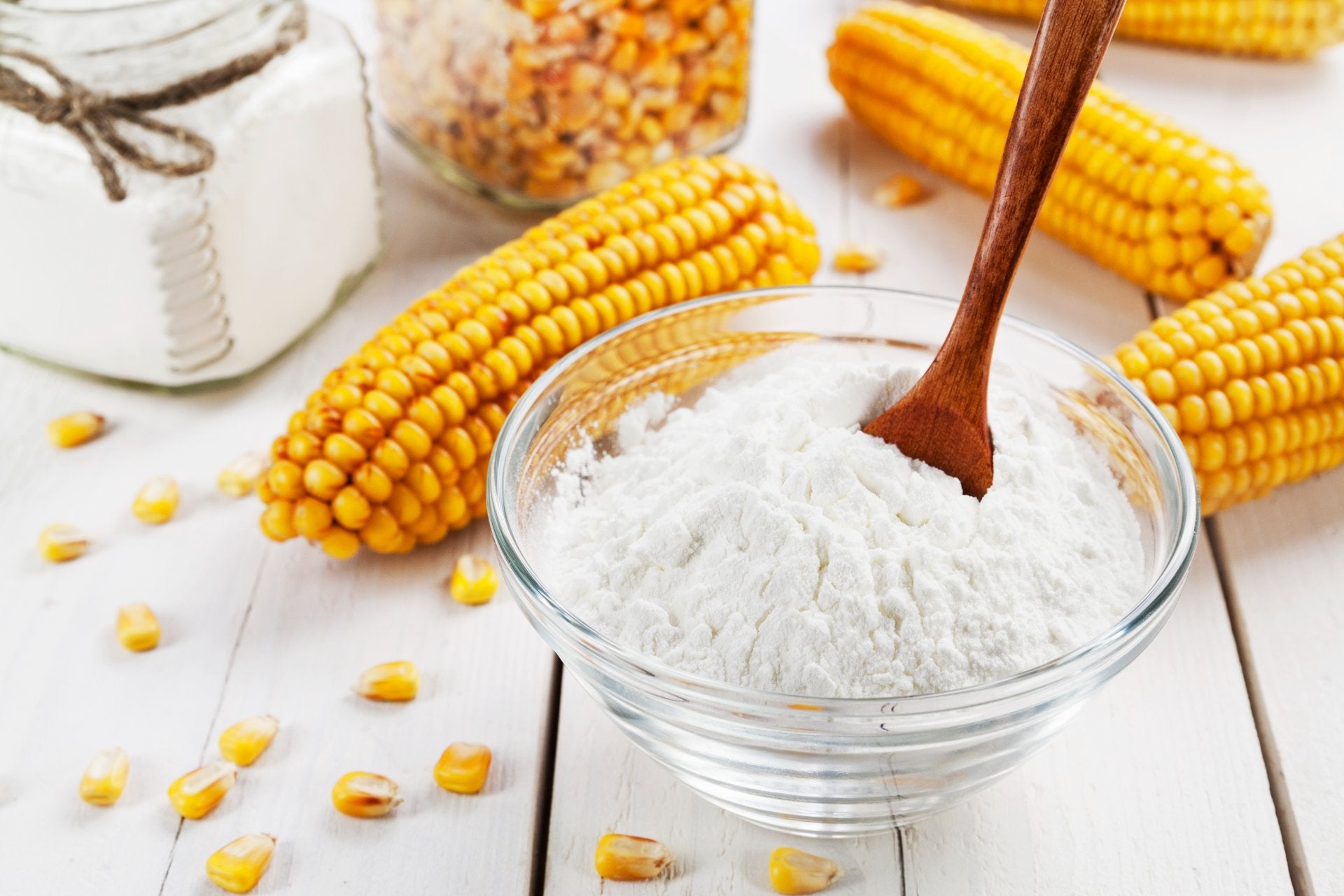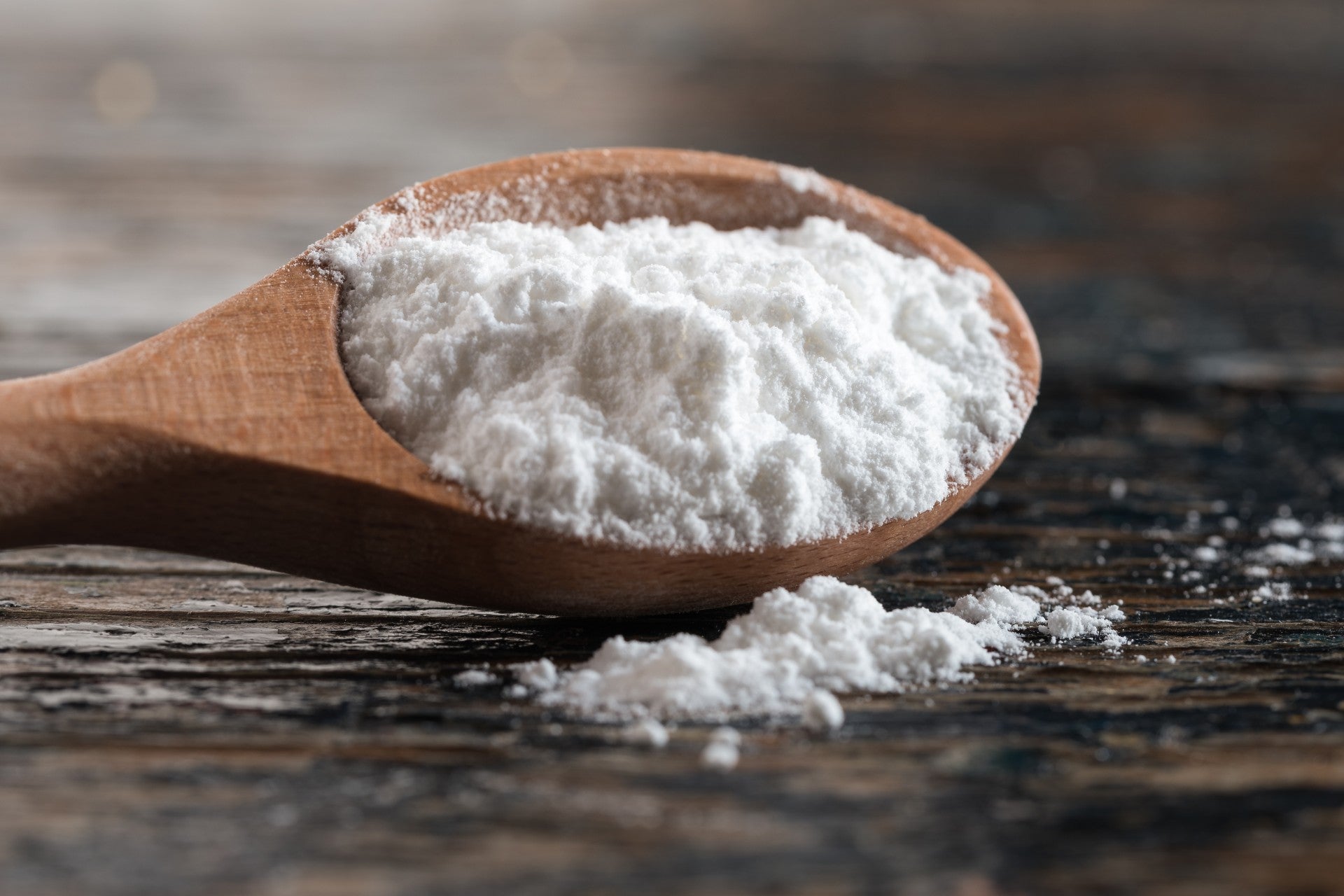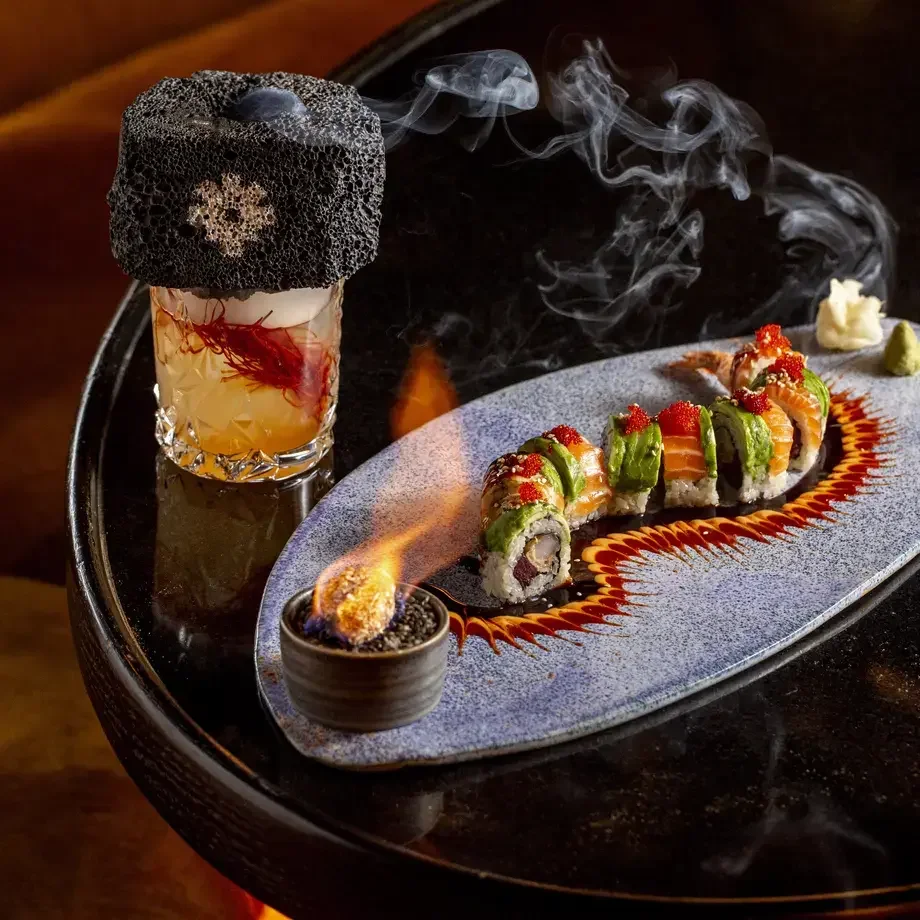Cornstarch is a fine, flour-like powder made from the starchy endosperm of dried corn kernels. The endosperm is the part of a seed that sits underneath the bran and acts as a food store for the germ, which is the part that eventually grows into a new plant. Because cornstarch is made from the endosperm only, it contains no protein, and despite being made from corn, is actually gluten-free.
Crunchy tofu tacos: cornstarch is mixed with salt, chilli, ginger and hoisin sauce to form a crispy fried coating for these spicy, crunchy tofu pieces.
Easy pepper steak: this Asian-inspired pepper steak recipe is succulent and slightly spicy, and takes just 25 minutes to prepare. Use a touch of cornstarch to thicken the simple soy sauce glaze.
Fried chicken and waffles with piri piri glaze: created by chef Melba Wilson, this recipe is an ode to the flavours of Harlem, with perfectly crispy chicken, fluffy waffles and a sticky, fiery glaze.
Chinese broccoli with orange: this quick and easy side is the perfect balance of savoury and sweet, and is set off perfectly by a simple sauce made from soy sauce, orange zest and a little cornstarch.
Lemon bars: cornstarch is used to set the zesty lemon curd filling for these irresistibly sweet, zingy biscuit bars.
Chocolate pudding now: sometimes you just need chocolate pudding now, and this 3-ingredient wonder from baker Alice Medrich delivers the perfect pot of gooey chocolate goodness in 10 minutes, using only chocolate, milk and our old friend cornstarch.













